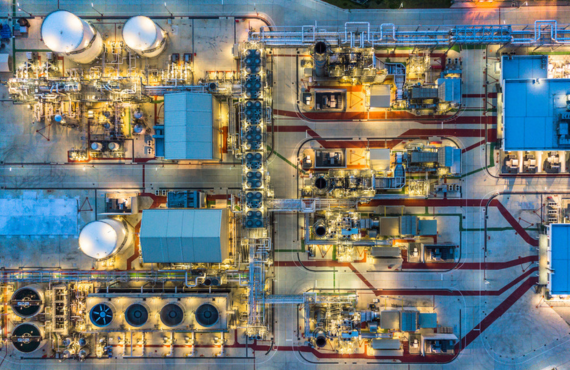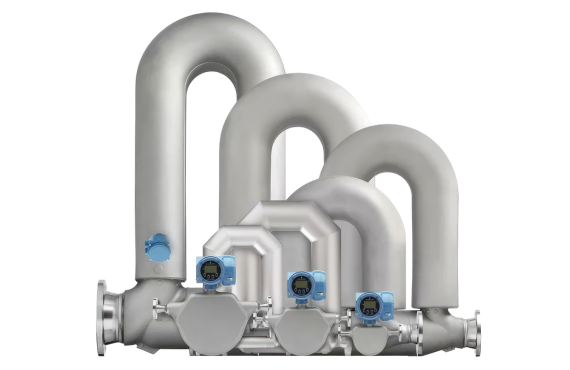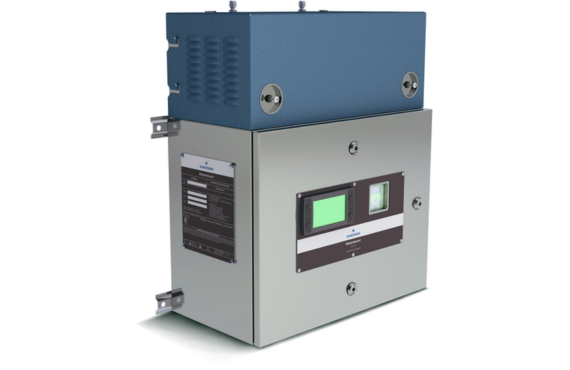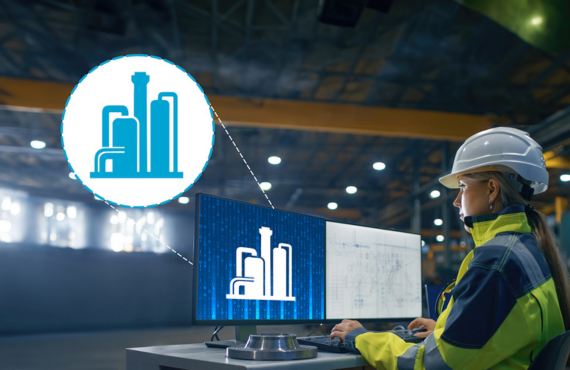Author: Bik Sidhu
However, deploying such technology on a massive scale comes with its challenges, including significant technical and economic hurdles to overcome. To address these issues, recent policy updates, such as the CCS Investment Tax Credit, are helping to make projects more economically viable. The technical challenges will need an industry-wide convergence of innovation, proven approaches, and solutions but also transferable knowledge from other industries.
Key Challenges in CCS
Macro-Economic




Technical




Here are a few examples of how this can be achieved:
The Best Integration is No Integration

CarbonVue™: Operational Carbon Accounting & Verification
An often-overlooked risk in CCS project development is the importance of building a strong operational data foundation which will help track, validate, and report CO₂ data that is essential for generating carbon credits as well as claiming tax credits. Typically, project engineering focuses on the physical equipment and infrastructure required for safe and reliable operation of the CCS network. While the automation of the first-mile data capture is not considered until the operations stage. This can lead to an inefficient reporting process for tracking the CO₂ in the value chain, putting additional strain on the already limited labor pool.

Track CO₂ from Capture to Sequestration
In most CCS networks, the CO₂ is compressed into a super-critical or dense phase for transport after it has been captured. Having it in this phase can create challenges in accurate and reliable measurement at the custody transfer points. Due to the severe fault potential of contaminants, the quality of the fluid also needs to be tightly controlled.

De-Risk CCS through Reliable and In-Depth Analysis of Flue Gas
Before diving deep into CCS project development, it's crucial for the proponent to undertake a critical step: characterizing the emissions source from which CO₂ will be removed and establishing the baseline atmospheric conditions at the injection site. If the CO₂ removal is to occur on post-combustion flue gas, the analysis of its contents can prove to be a challenge. Most CO₂ removal processes can be harmed by even trace amounts of items found in flue gas, so the characterization step is critical in designing an appropriate pre-treatment system. Furthermore, this analysis needs to be ongoing throughout the operation of the capture facility as conditions of the flue gas can vary due to facility operation.


Ready Operations with Effective Training on CCS Digital Twins

A similar situation was seen in Western Canada when coal-fired power generation facilities transitioned operations to gas-fired. Training of operations was seen as a critical step in planning of those major conversions. One tool that helped many of the facilities through that transition was the Operator Training Simulator (OTS). This simulator allows operators to run a virtual digital twin of the operating facility, experiencing different scenarios in an environment that mimics the actual plant. It enables simulations of failure modes, start-up, and shutdown scenarios, helping operators gain valuable experience before encountering these situations and enhancing their situational awareness. It’s important to remember that the OTS is best developed in parallel with the controls project scope for the Carbon Capture plant to ensure the simulator closely models the actual controls and becomes an effective tool for the Factory Acceptance Testing (FAT).
Summary


